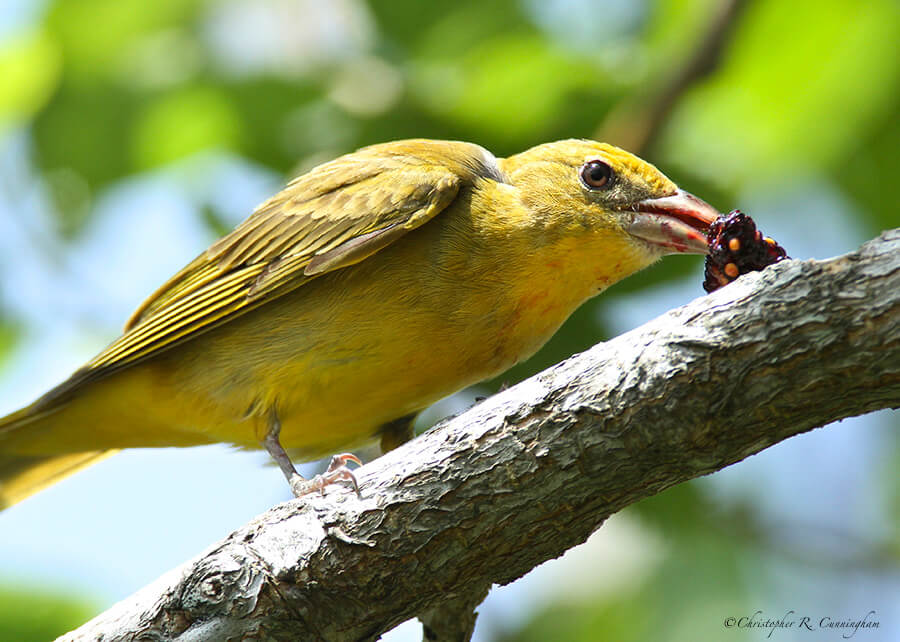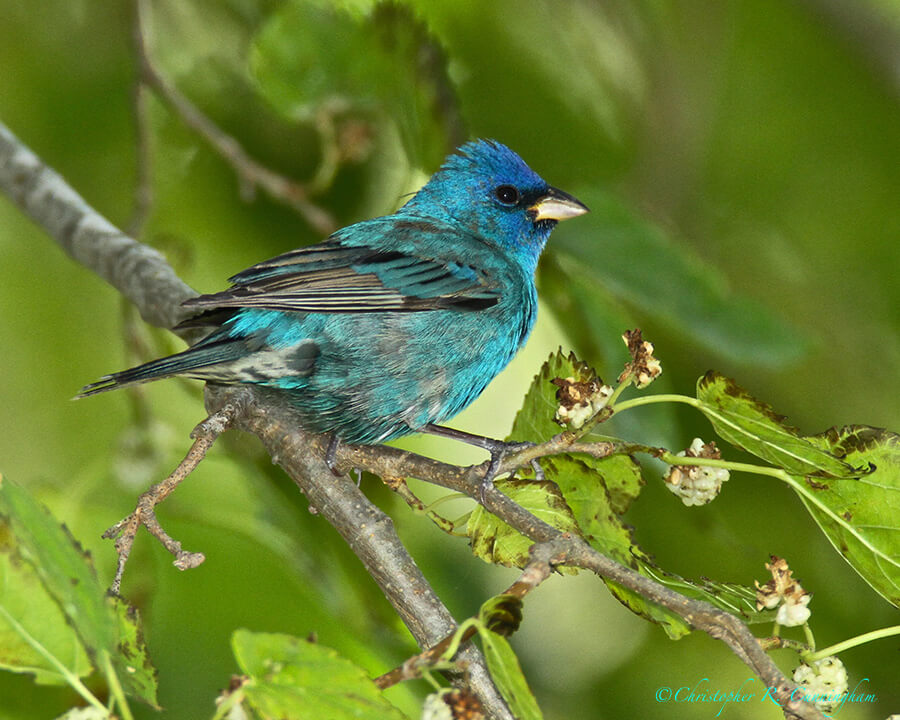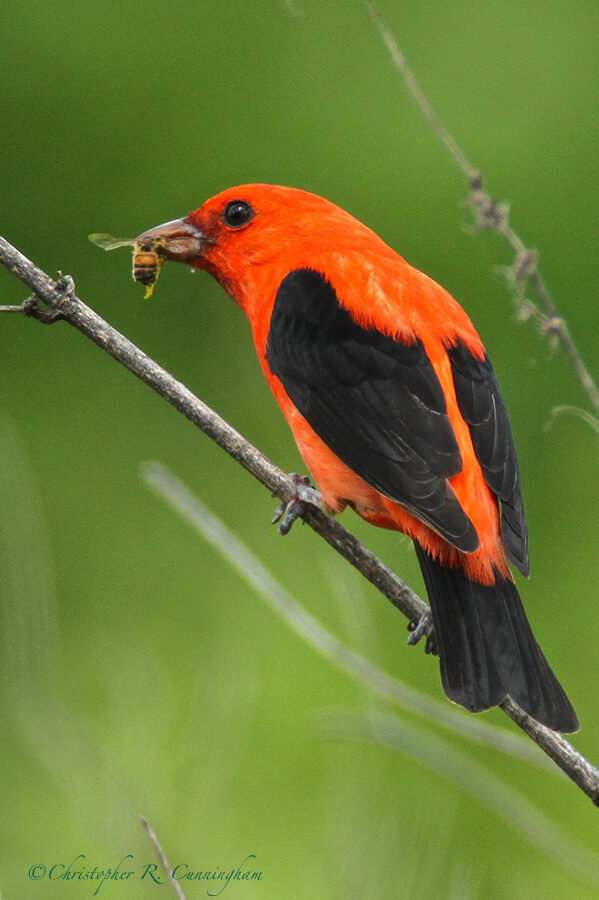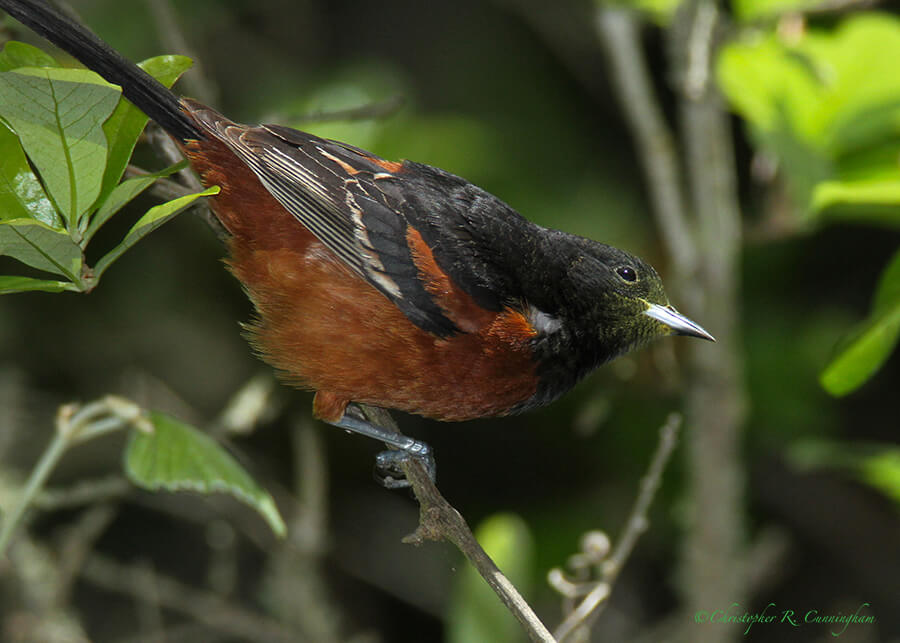Let me recommend the best medicine in the world: a long journey, at a mild season, through a pleasant country, in easy stages.—James Madison

This is the time of year for visiting migrant songbird traps! In these special places it’s easy to see what migration is all about—chasing the warming rays of the sun north as they bring their bounty of flowers, nectar, pollen, fruit, and succulent bugs!
Although it will probably have to wait for retirement, I dream of an April road trip, drifting slowly down the Gulf Coast from Dauphin Island, Alabama to Grand Isle, Louisiana to Sabine Woods, High Island, Pelican Island, Lafitte’s Cove, Quintana, perhaps ending at Paradise Pond, Mustang Island, Texas.


Many of these classic migrant traps are oak mottes, slightly elevated patches of woods, on the very edge of the land and provide desperately needed food, water, and shelter after an exhausting flight across the Gulf of Mexico. One of the most exciting parts of being out in these migrant traps during spring is observing and photographing Neotropical migrants hunting and gorging on fruits and other botanical goodies.
In the oak mottes, birds are often covered in pollen as they poke around flowers. Sometimes novice birders, field guides clutched in hand, are puzzled by a bird that looks somehow familiar—but it has a yellow face! There’s usually an old-timer around, though, who explains kindly how the birds are sometimes painted with pollen at this magical and all-too-short time of the year.

©2015 Christopher R. Cunningham. All rights reserved. No text or images may be duplicated or distributed without permission.